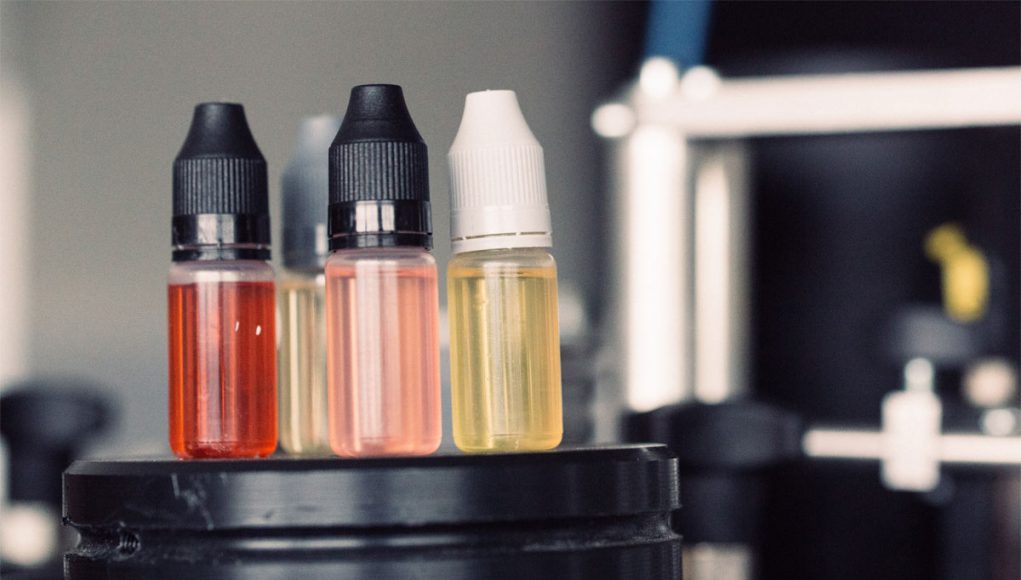While many in the vape community understand that using vapor products is by no means equivalent to the act of smoking, nevertheless the opposition has been able to successfully equate the two.
Why would this seem threatening to business owners in the vape space?
Well, the answer is quite simple and that is because if people who are 18-20 years of age use vapor products, they can no longer purchase them from a vape shop. So, these new rules quickly affect business in a major way. Thousands of consumers are immediately exempt from purchasing vapor products.
Flavor Bans
At the same time, another circumstance affecting the vape industry across the United States, especially in California, we are seeing flavor bans going into effect at a rapid pace. Ultimately linking the banning of tobacco flavors, like menthol cigarettes or fruity cigars, to the thousands of eLiquid flavors options to choose from.
Once again, when comparing smoking products like cigarettes and cigars to vapor products, this certainly seems like an odd contradiction, measuring quite dissimilar and rather different products.
Indeed vapor products have been deemed to be considered as tobacco by the FDA, yet vapor products include heating nicotine while cigarettes consist of burning tobacco. Clearly, these two processes are not the same.
Especially because combustible tobacco has been linked to disease and vaporizing nicotine is used as a harm reduction tool for smokers. Many are well-aware of the popular conclusion introduced by the Royal College of Physicians, who have informed the public that vaping is 95-99% less harmful than smoking.
Unfortunately in America, this professional and prestigious evidence is never embraced or considered by any of the flavor ban supporters — which is comprised of several different groups within the public health sector and tobacco control industry.
Advocacy Efforts
Respectfully, many vape advocacy groups, trade groups and active individual advocates have taken a number of different approaches to combat the tobacco 21 ordinances and are trying to defend against the spread of unnecessary flavor bans.
Furthermore, both of these attempts at damaging the vape industry are without a doubt meant to serve a purpose. Whether that initial purpose was to divide advocacy efforts, this is exactly what has happened.
This is not to say that one half of the advocacy community tries to combat T21 ordinances while the other half has been focused on fighting against flavor ban initiatives.
Instead, all the effective groups and influential advocates supporting the vape industry typically attempt to create opportunities and embrace tactics that can help combat both anti-vape establishment attacks.
Choosing Battles Wisely
In retrospect, when looking at both issues, vape product consumers and vape advocates must consider weighing the pros and cons of each strategic attack. Perhaps it is time to realize where the bigger threat lies.
Is raising the legal age to purchase vape products causing more damage to the preservation of vapor products? Or, are these rampant flavor bans producing far more destruction for the vape industry?
In hindsight, it seems that local flavor bans and even a possible national flavor ban would ultimately destroy the vapor industry. Yes, the looming tobacco 21 age raises are certainly disastrous to the commerce of vapor products, but a prohibition on products seems like the precursor to destroying the vape culture.
One thing is certain, both these situations are easily two of the biggest issues advocates have been taking on. Though, perhaps more energy should be focused on flavor ban prevention rather than splitting time on Tobacco 21 battles. Reducing the consumer base hurts business, but prohibiting the products kills the entire industry.












